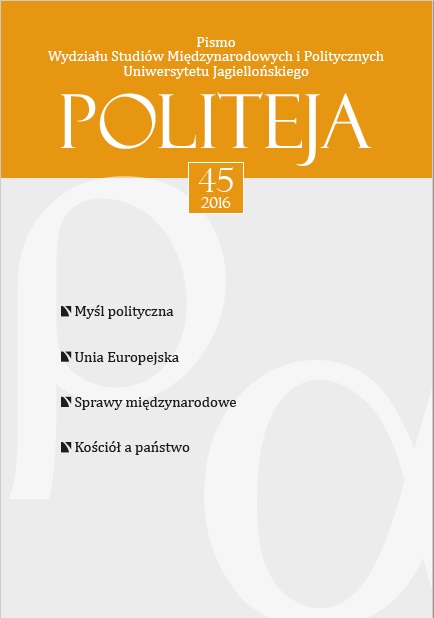Czy doktryna Dwóch Ciał Króla jest zaprzeczeniem demokracji? Dwa Ciała Króla w karnawale demokracji
Does the doctrine of the King’s Two Bodies contradict democracy? The King’s Two Bodies in the Carnival of Democracy
Author(s): Michał Zabdyr-JamrózSubject(s): Politics / Political Sciences, Politics, Political Theory, Political Sciences
Published by: KSIĘGARNIA AKADEMICKA Sp. z o.o.
Keywords: The King’s Two Bodies; carnival of democracy, Politics of Dialogue; political rituals; Palace of Westminster
Summary/Abstract: In my paper, I will try to show that the medieval doctrine of the King’s Two Bodies could have been a significant support for the Carnival of Democracy as described by L. Koczanowicz in his Politics of Dialogue. I critically refer to the author’s thesis that the doctrine of the King’s Two Bodies has a totalitarian character. I do this, however, on the very same grounds that Koczanowicz uses to develop his vision of non‑consensual democracy – one that is built on emotions, empathy and customs. In my view, the doctrine of King’s Two Bodies not only does not contradict this vision but supports it. It does so by conceptualization of the idea of power as an empty space (C. Lefort) and thus enables the development of numerous (proto)democratic practices in politics and law. These practices take shape of ceremonies of humiliating those in power – so important for Koczanowicz in his vision of Democratic Carnival. As an example of these practices I will refer to the annual ceremony of the State Opening of the UK Parliament, as well as other institutions that were developed in England/UK – as guarantees of the democratic rule of law – and were possible thanks to the idea of the King’s Two Bodies.
Journal: Politeja - Pismo Wydziału Studiów Międzynarodowych i Politycznych Uniwersytetu Jagiellońskiego
- Issue Year: 13/2016
- Issue No: 45
- Page Range: 63-86
- Page Count: 24
- Language: Polish

